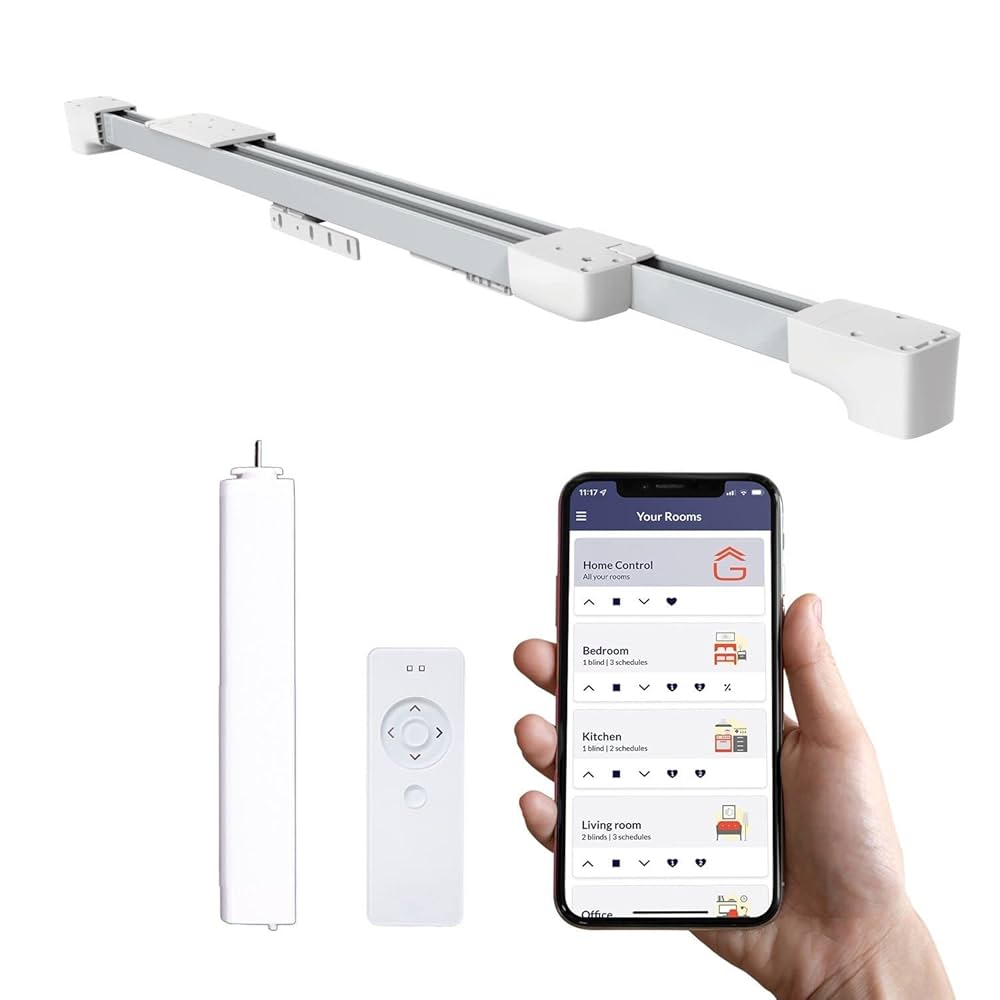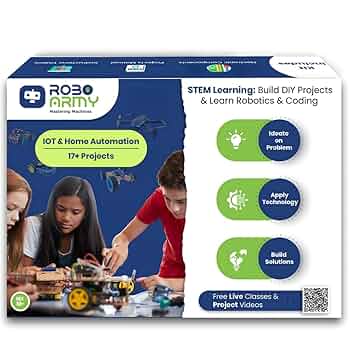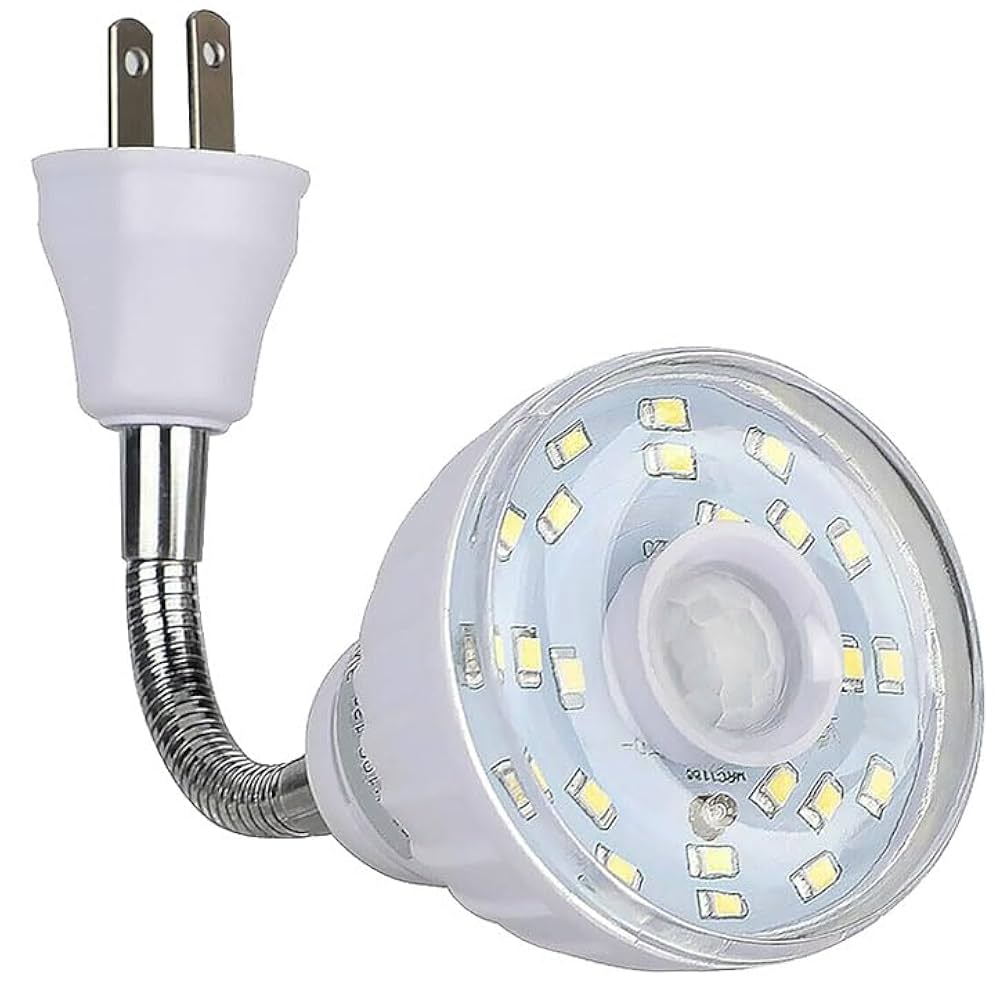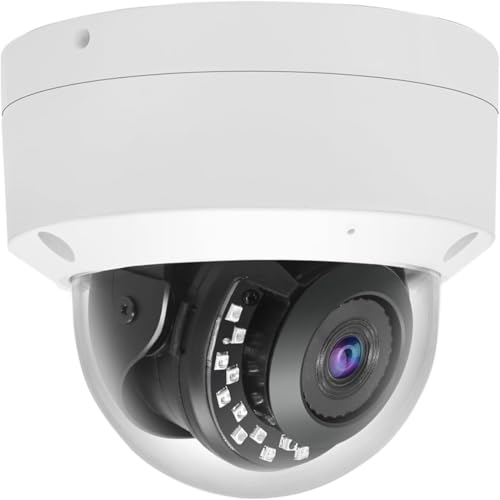Are you tired of manually adjusting your window treatments every day? Imagine controlling your blinds or curtains with just a tap or even your voice.
But which option is right for you: smart blinds or curtains automation? Choosing the best fit can transform your home’s comfort, style, and energy efficiency. Keep reading to discover the key differences and find out how you can make your space smarter and more convenient.
Your perfect automated window solution is closer than you think.
Smart Blinds Features
Smart blinds are window coverings that open and close automatically. They add convenience and style to any room.
These blinds connect to your home system and adjust based on your needs. They offer more than traditional curtains.
Types Of Smart Blinds
There are several types of smart blinds to fit different windows and styles. Each type works with automation.
- Roller blinds that roll up and down smoothly
- Venetian blinds with adjustable slats for light control
- Roman blinds that fold neatly when raised
- Vertical blinds ideal for large windows or sliding doors
Control Options
Smart blinds can be controlled in many easy ways. This adds comfort and flexibility to your daily routine.
- Remote controls allow operation from a distance
- Smartphone apps offer control from anywhere
- Voice commands with assistants like Alexa or Google
- Automatic scheduling based on time or sunlight
Energy Efficiency Benefits
Smart blinds help save energy by managing sunlight in your home. They reduce heating and cooling costs.
By adjusting automatically, they keep rooms cooler in summer and warmer in winter. This improves comfort.
- Blocks heat in hot months to lower air conditioning use
- Lets sunlight in during cold months to warm rooms naturally
- Reduces need for artificial lighting with smart light control
- Can be linked to sensors for best energy use
Installation Process
Installing smart blinds is simple and similar to regular blinds. Some types need professional help.
Most smart blinds come with clear instructions and hardware. Wireless models are easier to set up.
- Measure your windows carefully before buying
- Attach brackets to window frame or wall
- Mount the blinds and connect the motor if needed
- Set up the app or remote for control
Curtains Automation Features
Automated curtains bring comfort and style to your home. They open and close with little effort.
These systems offer smart control and fit different curtain types. They make daily routines easier.
Automated Curtain Styles
Many curtain styles can be automated. Choose the style that suits your room and needs.
- Rod pocket curtains
- Grommet curtains
- Tab top curtains
- Ripple fold curtains
- Sheer curtains
Each style works with specific motor types. This affects how smoothly the curtains move.
Remote And Voice Control
Automated curtains can be controlled remotely. Use remotes or smartphone apps to open or close them.
Voice control works with smart assistants like Alexa or Google. This allows hands-free operation.
- Remote controls for easy access
- Smartphone apps for control anywhere
- Voice commands for quick action
Material And Design Choices
Curtain materials affect automation performance. Light fabrics move faster and use less power.
Design choices include colors and patterns. Automated curtains can match any room décor.
- Lightweight fabrics work best for motors
- Thick fabrics offer privacy and block light
- Patterns add style and personality
- Neutral colors blend with most rooms
Setup And Integration
Setup is simple with most automated curtain kits. Follow instructions for safe installation.
Integration with smart home systems is common. This lets you control curtains with other devices.
- Easy mounting on existing curtain rods
- Wi-Fi or Bluetooth connection options
- Works with home automation hubs
- Scheduling features for daily routines
Comparing Energy Savings
Smart blinds and curtain automation both help save energy in homes. They control sunlight and heat entering rooms.
Choosing the right system can reduce heating and cooling costs. Understanding their energy-saving features is key.
Smart Blinds Efficiency
Smart blinds adjust automatically to sunlight. They block heat in summer and let warmth in during winter.
These blinds respond to temperature and light sensors. This helps keep rooms comfortable without extra energy use.
- Reduce air conditioning by blocking direct sunlight
- Lower heating needs by opening to let sun in cold months
- Use sensors to adjust blinds without manual effort
Curtains Automation Impact
Automated curtains open and close on a set schedule or sensor input. They help keep heat in or out depending on the season.
Curtains add insulation when closed. This reduces heat loss in winter but may block natural light if not timed well.
- Close curtains at night to keep warmth inside
- Open curtains during day to use sunlight for heating
- Automate based on time or temperature to save energy

Credit: omnicloudsolutions.com
Cost And Maintenance
Smart blinds and curtains automation offer modern window control. Both options have different costs and maintenance needs. Understanding these can help you choose the best fit for your home.
This guide compares the initial investment, long-term maintenance, and repair or replacement costs of smart blinds and curtains automation.
Initial Investment
Smart blinds usually cost more upfront than curtains. They have motors and technology that add to the price. Curtains are simpler and cheaper to buy.
Installing smart blinds may also require professional help. Curtains are easier to hang and often do not need extra tools or skills.
- Smart blinds: higher price due to technology
- Curtains: lower price and simpler installation
- Smart blinds may need professional setup
- Curtains can be installed by most people
Long-term Maintenance
Smart blinds need regular checks to keep motors and electronics working well. Dust and dirt can affect their sensors and moving parts.
Curtains require washing or dry cleaning to stay fresh. They do not have moving parts or electronics, so they need less technical care.
- Smart blinds: clean motors and sensors often
- Curtains: wash or dry clean fabric regularly
- Smart blinds need software updates sometimes
- Curtains need no technical maintenance
Repair And Replacement
Smart blinds may need repairs if motors or electronics fail. Repairs can be costly and require expert service. Parts might not be easy to find.
Curtains are easier and cheaper to replace or repair. You can sew tears or replace rods without special skills. Fabric is widely available and affordable.
- Smart blinds: expensive repairs, expert help needed
- Curtains: simple repairs or replacement at low cost
- Smart blinds parts may be hard to find
- Curtains fabric and parts are easy to get
Smart Home Compatibility
Smart blinds and curtains bring automation to your home. They connect to your smart home system for easy control.
Choosing between smart blinds and curtain automation depends on how well they fit with your devices. Compatibility is key.
Integration With Voice Assistants
Both smart blinds and curtains can work with voice assistants. This lets you open or close them using simple voice commands.
Popular voice assistants include Amazon Alexa, Google Assistant, and Apple Siri. Most smart window treatments support one or more of these platforms.
- Control blinds or curtains hands-free
- Set routines with voice commands
- Works with multiple voice assistant brands
App Connectivity
Smart blinds and curtains come with apps for smartphones and tablets. These apps let you control your window coverings remotely.
Apps often provide scheduling, timers, and group control. You can adjust blinds or curtains from anywhere with internet access.
- Remote control from phone or tablet
- Set daily schedules or timers
- Group multiple blinds or curtains for easy control
Automation Scenarios
Automation lets smart blinds or curtains work without manual input. They can adjust based on time, light, or your location.
Smart sensors and triggers help create useful automation. For example, blinds can close at sunset or open when you wake up.
- Close curtains at sunset to save energy
- Open blinds in the morning for natural light
- Adjust based on room temperature or sunlight
- Use geofencing to open or close when you arrive or leave

Credit: livfuture.com
Aesthetic And Privacy Considerations
Smart blinds and curtains automation both improve home style and privacy. They change how light and views enter rooms.
Choosing the right option affects your room’s look and how private it feels. Let’s explore key differences.
Design Flexibility
Smart blinds offer clean, modern designs. They fit well with minimal and tech-inspired decor.
Curtains come in many fabrics and styles. They can add warmth and softness to rooms.
- Blinds have slim profiles and sleek lines
- Curtains provide color and texture choices
- Blinds suit modern and simple rooms
- Curtains work well in cozy or classic spaces
Light Control
Smart blinds adjust to block or let in light precisely. You can set levels easily with automation.
Curtains block light fully or softly depending on fabric. Automation can open or close them on schedule.
- Blinds allow partial light with slats
- Curtains usually block light fully or filter it
- Blinds adjust in small steps
- Curtains move only open or closed
Privacy Levels
Blinds provide adjustable privacy with slats. You can see out without others seeing in.
Curtains offer full privacy when closed. Sheer curtains let light in but reduce privacy.
- Blinds give control over privacy and view
- Curtains block views completely when shut
- Sheer curtains soften views but limit privacy
- Automation helps set privacy times for both
User Experience And Convenience
Smart blinds and curtains automation bring comfort to your home. They help control light and privacy easily.
Choosing between smart blinds and curtains depends on how you want to use them. Both offer different benefits for daily life.
Ease Of Use
Smart blinds often come with remote controls or apps. You can open or close them with a simple tap.
Smart curtains usually have motors that move the fabric smoothly. Some models use voice commands for hands-free control.
- Smart blinds offer precise light control by adjusting slats
- Curtains fully block or allow light when opened or closed
- Both can be controlled from smartphones or smart home devices
Scheduling And Automation
You can set schedules for smart blinds and curtains. This lets them open or close automatically at certain times.
Automation helps save energy by blocking sunlight during hot hours or letting light in when it is cool.
- Set timers to open blinds in the morning
- Close curtains at night for privacy
- Use sensors to adjust based on sunlight or temperature
Safety Features
Smart blinds are often cordless, reducing risks for children and pets. This makes homes safer.
Smart curtains with motorized tracks avoid manual pulling, which lowers chances of accidents.
- Cordless designs prevent choking hazards
- Soft start and stop motors avoid fabric damage
- Remote control access limits unsafe manual use
Choosing The Right Option
Smart blinds and curtains automation both offer ways to control window coverings easily. Picking the right one depends on your needs and space.
This guide helps you think about lifestyle, room use, and budget before deciding.
Lifestyle Factors
Your daily habits affect which window treatment suits you best. Smart blinds work well for tech lovers who want precise control.
Curtains automation fits people who like soft fabric looks and easy manual override options.
- Smart blinds offer remote and voice control
- Curtains can add warmth and style to rooms
- Consider ease of use for all family members
Room Functionality
Think about what each room is used for. Smart blinds are good for rooms needing light control, like offices or bedrooms.
Curtains work well in living rooms or dining areas where style and softness matter more.
- Smart blinds block or filter light precisely
- Curtains help with sound absorption and insulation
- Choose based on privacy and sunlight needs
Budget Constraints
Smart blinds tend to cost more upfront because of motors and controls. Curtains automation can be less expensive.
Consider installation and maintenance costs for both options before deciding.
| Feature | Smart Blinds | Curtains Automation |
|---|---|---|
| Initial Cost | Higher | Lower |
| Installation | Complex | Simple |
| Maintenance | Requires tech care | Easy cleaning |
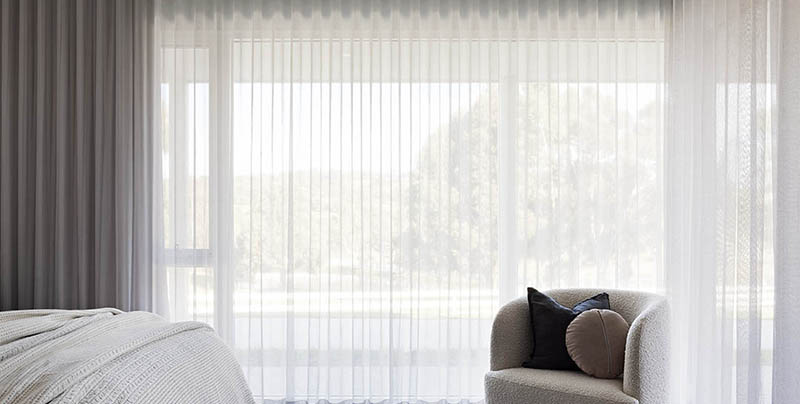
Credit: appsolutelyautomated.com.au
Frequently Asked Questions
What Are The Main Differences Between Smart Blinds And Curtains?
Smart blinds offer automated light control and privacy with remote access. Curtains provide traditional style but lack automation. Blinds are usually more energy-efficient, while curtains add softness and insulation. Choosing depends on convenience, design preference, and smart home integration needs.
Are Smart Blinds More Energy-efficient Than Curtains?
Yes, smart blinds can adjust automatically to sunlight, reducing cooling and heating costs. Curtains block light but don’t adjust dynamically. Automated blinds optimize energy use by controlling room temperature and light exposure effectively.
How Does Automation Improve Curtain And Blind Functionality?
Automation allows remote control, scheduling, and voice commands for blinds and curtains. This enhances convenience, security, and energy savings. Smart systems adapt to daily routines, improving comfort and reducing manual effort in home management.
Which Is Better For Privacy: Smart Blinds Or Curtains?
Both offer privacy, but smart blinds provide adjustable light filtering and privacy control. Curtains offer full coverage but lack flexibility. Smart blinds can be set to different positions for optimal privacy throughout the day.
Conclusion
Smart blinds and curtains offer unique automation benefits. Blinds provide precise light control. Curtains add warmth and style. Both options enhance convenience and energy efficiency. Consider your home’s needs. Budget, aesthetics, and functionality matter. Automated systems can integrate with smart home devices.
This improves daily living. Choose the option that best suits your lifestyle. Both solutions offer modern convenience. Whichever you choose, enjoy a smarter home experience.
21 min read

